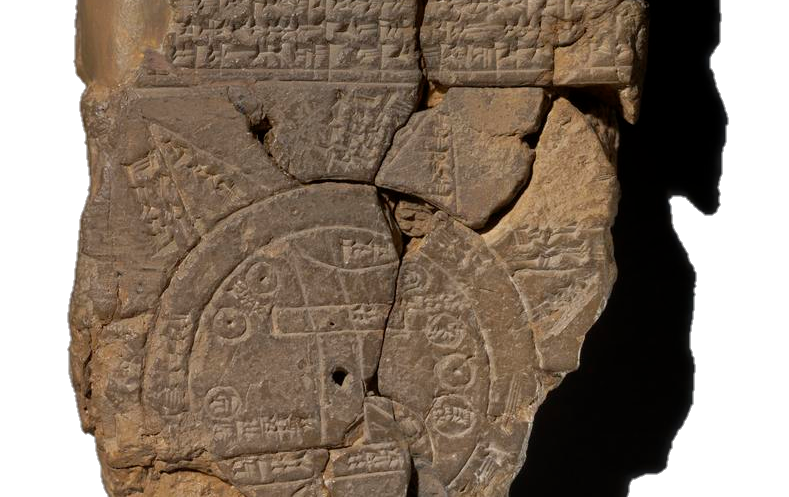The Story of Writing PEPOLE WHO LIVED as hunters and nomads did not need written records. As the first cities arose, people began to require records of ownership, business deals, and government. The Sumerians devised…


The Story of Writing PEPOLE WHO LIVED as hunters and nomads did not need written records. As the first cities arose, people began to require records of ownership, business deals, and government. The Sumerians devised…

Mesopotamian Mathematics rimitive people counted using simple methods, such as putting notches on bones, but it was the Sumerians who developed a formal numbering system based on units of 60, according to Robert E. and…

Medicine in Mesopotamia iraq SummaryCuneiform medical manuscripts are found in large numbers, mostly from 1st-millennium BCE sites throughout ancient Mesopotamia. Included in the therapeutic tradition are pharmacological glossaries, herbal recipes with plant, mineral, and animal…

Sumiran literature documented a group of some five thousand tablets discovered in south of Iraq Mesopotamia and fragments inscribed with a varied assortment of literary works have also been unearthed, and these enable us to penetrate…

Schools in ancient Iraq ave you ever wondered what school life was like for a young child in Mesopotamia? Well, this tablet includes a mesopotamia tale that recounts two days in the life of a…

The ancient Mesopotamians may have been some of the first humans to build dams. The Jarwana Dam, located in the Sheikhan district and about fifty kilometers from the city of Mosul, is one of the oldest dams in the world, as it was built 2800 years ago. And on his stones appear cuneiform writing

The very earliest libraries are believed to have been built around five thousand years ago in old iraq, with the first human efforts to organize collections of documents. the Nippur Library Sumerian Library in Southern Iraq and others These took the form of clay tablets in cuneiform script about an inch thick, in various shapes and sizes.

The nearly half million cuneiform tablets excavated from ancient Near Eastern sites provide us with ample evidence for the uses of music in ancient Sumer, Akkad , Babylonia, and Assyria, hatra , Abbasid period Pictorial…

Time Division in Mesopotamia old iraq Mesopotamia iraq was one of the first civilizations to develop a system of timekeeping. The Mesopotamians divided their days into segments, and they used various methods to measure time.…

Mesopotamian religion old iraqThe he religious beliefs and practices of the Sumerians and Akkadians and their successors, the Babylonians and Assyrians, form a single stream of tradition. Sumerian in origin, Mesopotamian religion was added to…

The Sumerians were some of the earliest people to use copper to make useful items, ranging from spearheads to chisels and razors, according to the Copper Development Association. They also made art with copper, including…

According to the British Museum, early Mesopotamian farmers’ main crops were barley and wheat. But they also created gardens shaded by date palms, where they cultivated a wide variety of crops including beans, peas, lentils,…

While other cultures in the Middle East gathered wool and used it to weave fabric for clothing, the Sumerians were the first to do it on an industrial scale.

The Royal Game of Ur Iraq This is the oldest board game in the world, and one of the most beautiful. It was found in Ur and made before 2600 BCE. The rules were similar…

The Oldest Known Map: The Map of NippurThis ancient clay tablet dates to the 14th-13th century BC. It shows a map of the countryside around the Mesopotamian city of Nippur, located in the middle of…

The earliest known written sources dealing with astronomy come from the regions of ancient cities of iraq Assyria and Babylonia located in what is now IraqAstronomical cuneiform tablets have been recovered from a number of…

Wheels are all around us. You use them every day, The Sumerians were also credited for the revolutionary invention of the wheel and the plough. They grew bumper crops of cereals, which they traded for…

To make up for a shortage of stones and timber for building houses and temples, the Sumerians created molds for making bricks out of clay, according to Kramer. While they weren’t the first to use…

Sitting in the Iraq Museum is a earthenware jar about the size of a man’s fist. Its existence could require history books throughout the world to be rewritten. According to most texts the “voltic pile,”…

in the third millennium, a king called Uruinimgina (ca. 2350 BCE; also known as Urukagina) commissioned a set of reforms that can be viewed as a precursor to the laws of Hammurabi. Scholars now hesitate…